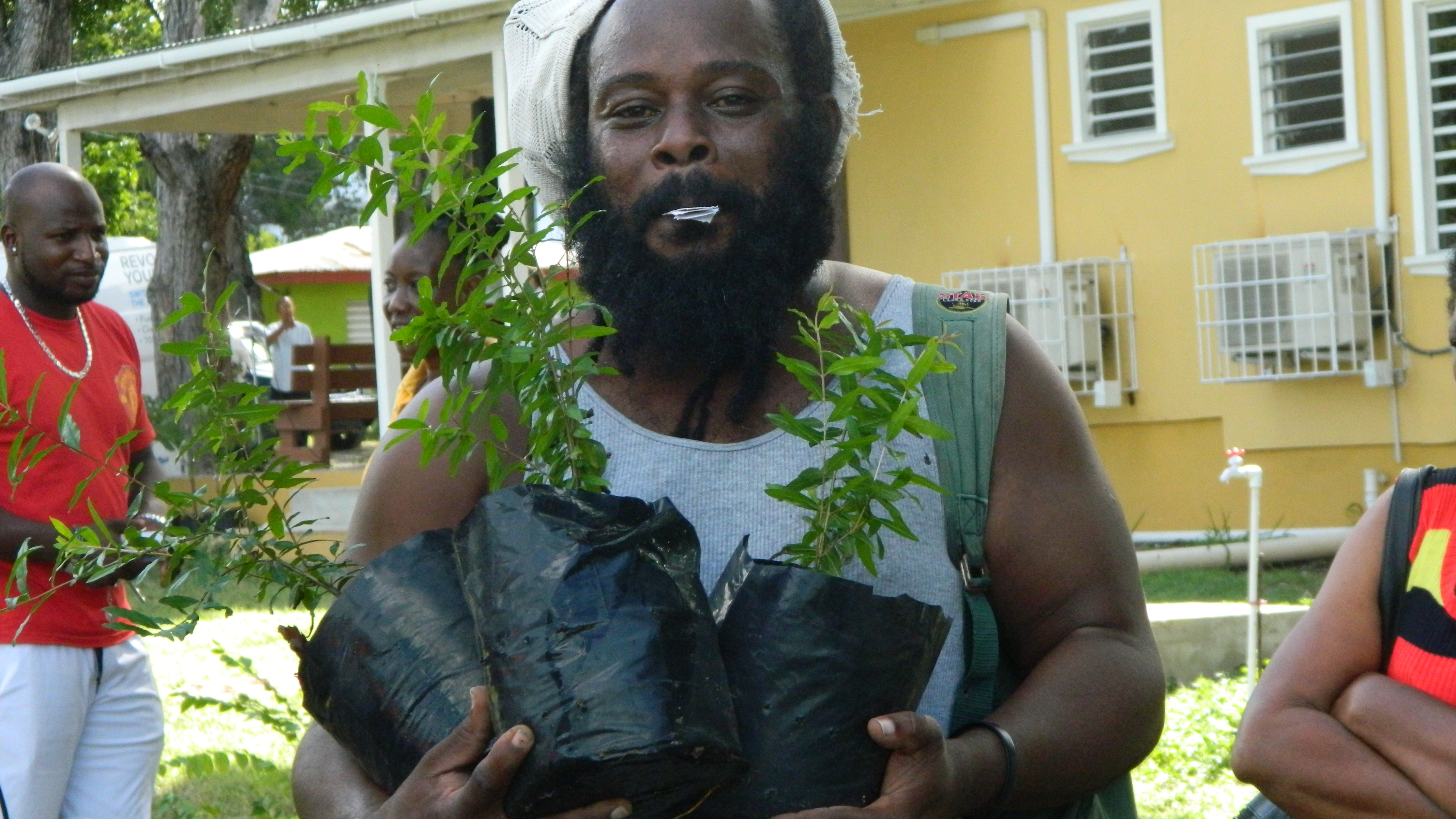Earlier this month the Department of Environment (DoE) held a public consultation within the Yorks/McKinnons area to present plans to assist residents in climate proofing their homes and other holdings. For years residents in the community have been plagued by flooding, mosquito infestation and polluted waterways.
The DoE, through the Special Climate Change Fund (SCCF), wants to implement an Ecosystem based Approach (EbA) towards addressing the problems being experienced in this area. But how does an EbA help to climate proof an area? Simply put, a properly functioning ecosystem serves as a natural buffer to extreme events. Therefore, the EbA method looks at improving the functions of natural systems by adding, in these instances, plants and trees that are would serve specific functions.
One of the most noticeable problems in the Yorks/McKinnons area is that the water courses have significant sections of stagnant water which promote mosquito breeding in some areas. Additionally, water quality tests conducted recently show significant levels of contamination which increases the health risk posed by the waterways especially at times of flooding. Adopting an EbA focuses on making the waterways more habitable for fish and other fauna which would prey on mosquito larvae reducing the vector populations in the area. An EbA in this regard will entail reducing or eliminating the release of effluent and raw sewage into the waterways making them more habitable for fish and other small animals.
Another aspect of the EbA is the encouragement of vegetation growth to reduce the rate of run off. This becomes particularly important during heavy rain as it reduces the incidence of erosion and flooding within the project area. One of the key functions of vegetation in the natural environment is to assist in allowing water to percolate into the soil while also binding the soil to prevent erosion.














